Have you ever looked out at a lake, river, or harbor and been taken aback by the amount of floating trash and debris? A startup company called Clear Robotics is tackling this environmental issue in an innovative way – with autonomous robot boats.
Clear Robotics was founded by two university graduates who wanted to automate the labor-intensive task of cleaning up floating waste from waterways. Their solution is the Clearbot, a robotic vessel that cruises through harbors, lakes and canals while using its open bow to collect floating debris into onboard storage bins.
GET SECURITY ALERTS, EXPERT TIPS – SIGN UP FOR KURT’S NEWSLETTER – THE CYBERGUY REPORT HERE
Clear Robotics is expanding its fleet
Clear Robotics is now expanding its fleet with a new Class 3 autonomous marine vessel. This larger robot boat boasts 5 times the increased onboard storage capacity of 1.5 tons for collected trash and debris. It can also tow an additional barge, allowing for extended cleanup operations without needing to return to port as frequently.
Beyond just collecting floating waste, the new Class 3 vessel has been engineered to tackle another aquatic nuisance – invasive weeds. Its enhanced capabilities make it an even more powerful tool in the fight to keep local waters clean and healthy. In addition, it also can be used in surveillance as it relates to water quality and even oil and foam collection.
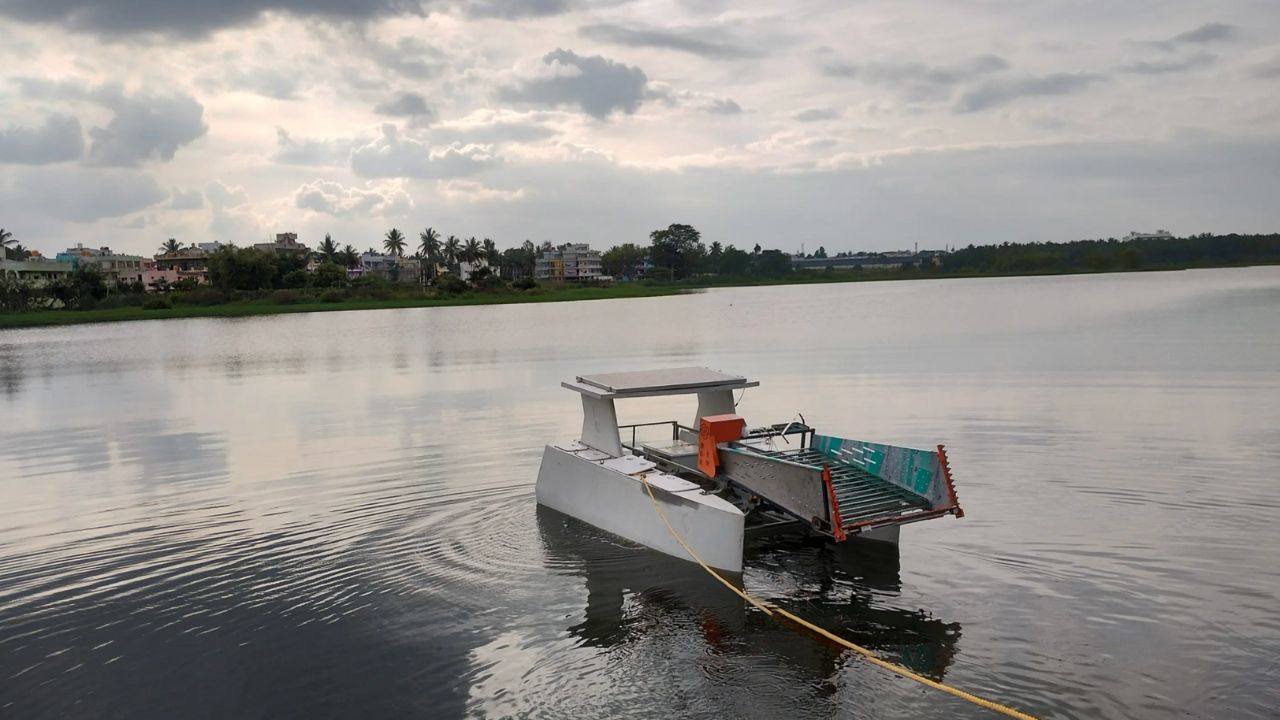
Credit: Clear Robotics

Credit: Clear Robotics
THIS AI ROBOT GARBAGE PICKER CAN SORT OVER 500 TYPES OF TRASH IN SECONDS
The new vessel’s increased capacity
The new vessel has been designed to gather up to 441 lb of floating garbage per hour and has an onboard storage capacity of 1,100 lb. Because it can be equipped with a towing barge, it can extend its per-trip payload, as mentioned above, to 1.5 tonnes.
Its electric drive can manage an average speed of 3.5 mph, while the 3-kWh battery pack is good for up to 8 hours of per-charge operation. Clear Robotics has installed solar panels up top that can add extra hours in ideal conditions. The company also reports that it has rolled out a self-docking mechanism across its entire fleet so that its vessels can autonomously return to docking stations with a solar charging unit for a top-up.
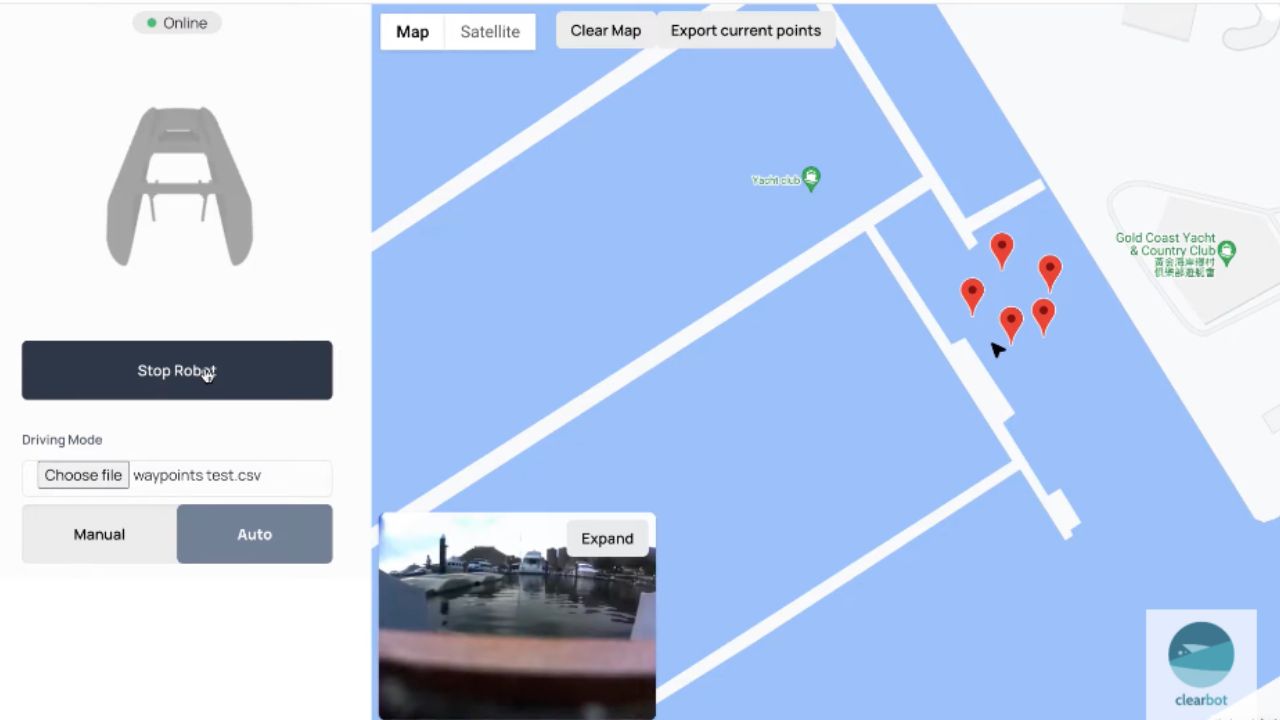
Credit: Clear Robotics
THE TROUBLING TRUTH ABOUT OUR COUNTRY’S RECYCLING PROGRAMS
Cutting-edge tech for cleaning and plant removal
The 13.25 x 7.5 x 5.5 ft Class 3 Clearbot features a 1080p camera and LiDAR and can be optioned with anti-collision smarts for fully autonomous operation. It features a conveyor in front to gather up floating debris but is also equipped with a specialized cutter to extract invasive plants and weeds like hyacinths and duckweed.
If on trash duty, the vessel is reported capable of covering up to 107,600 sq ft per day, though that’s reduced when snipping and removing weeds.
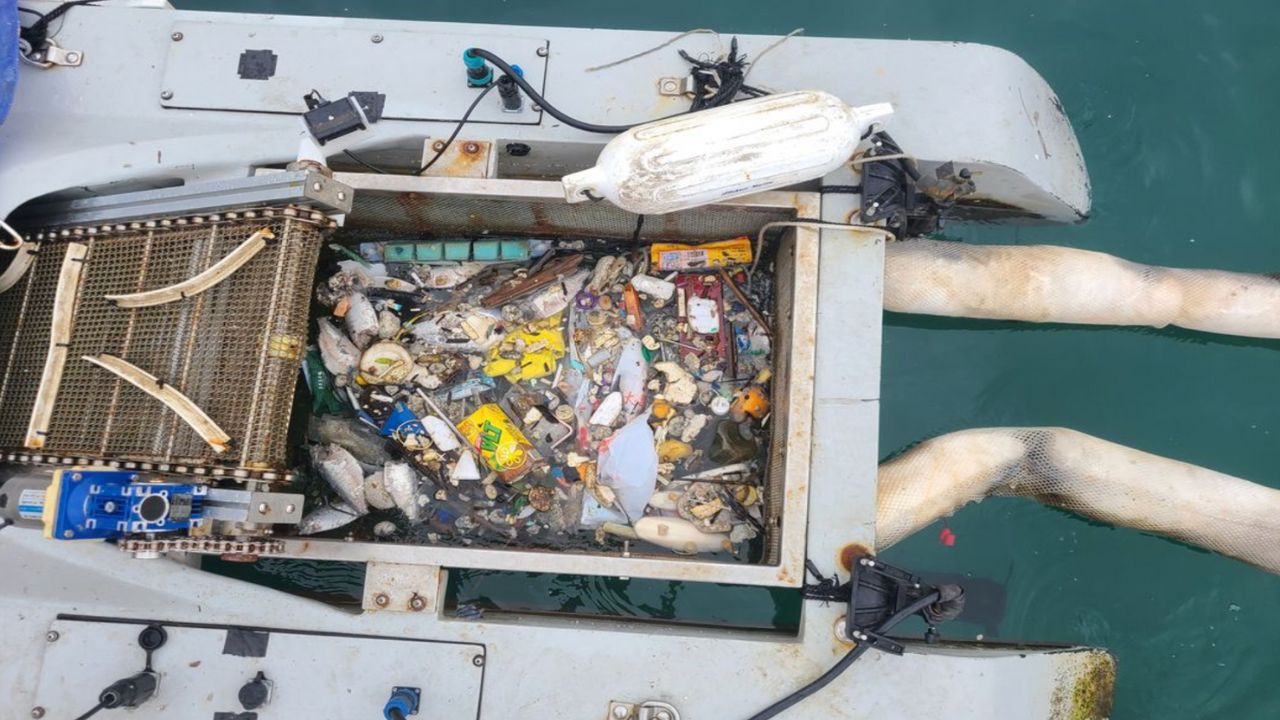
Credit: Clear Robotics
IS THIS TECHNOLOGY THE ANSWER TO CLEANING UP OUR OCEAN’S PLASTIC PROBLEM?
Key autonomous features of the class 3 Clearbot
Key features of Clear Robotics’ new Class 3 autonomous marine vessel Clearbot include:
Autonomous waypoint mission path: With Clearbot, you can provide a set of GPS waypoints (i.e., a set of latitude/longitude pairs) and have the robot autonomously navigate from its current location to each of the defined waypoints to collect trash.
Failsafe return to home: Clearbot comes back to the Home Point if it happens to lose signal when connected to a remote controller or through Wi-Fi. With the RTH function, you can ensure safe marine operations even in larger water bodies.
Anti-collision software: Anti-collision detection helps you stop your Clearbot from moving and reverse its movement slightly when it detects something within a 45-foot radius around the boat when cleaning up trash and oil from marine environments.
AI-powered dashboard: Dashboards help Clearbots’ users monitor data-revealed emerging trends, track their operations, and make informed decisions based on rigorous analysis.
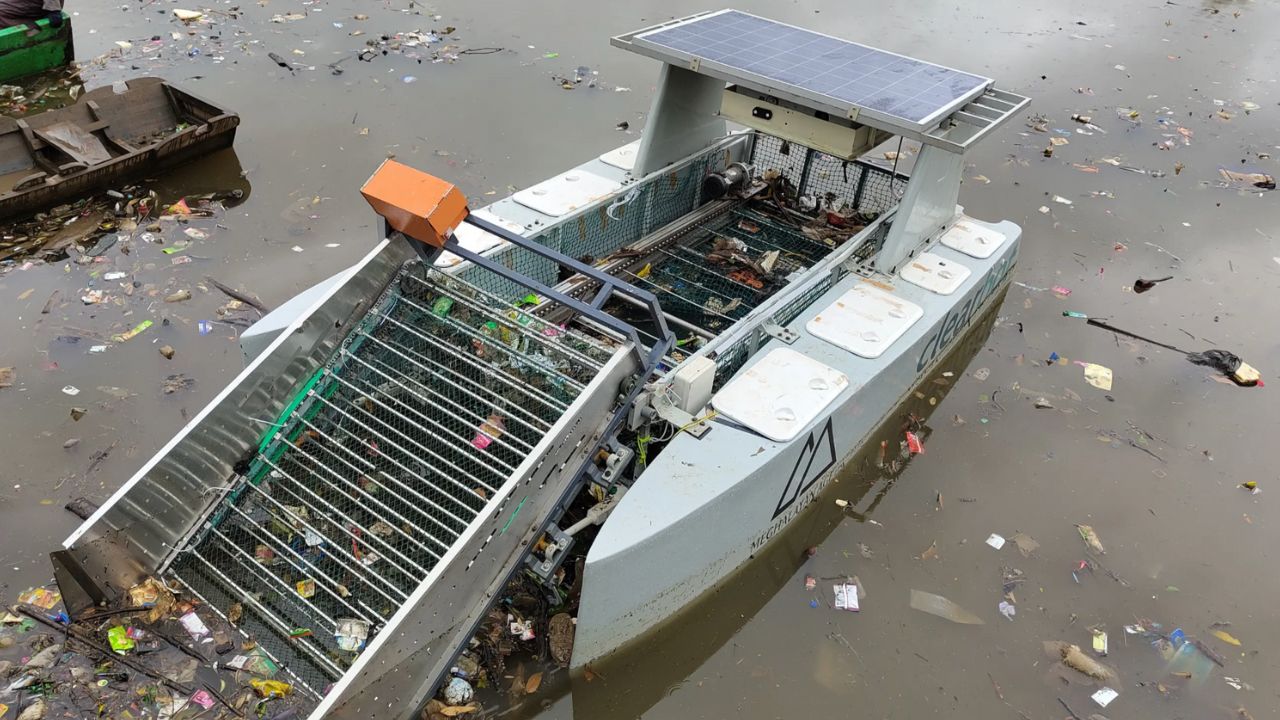
Credit: Clear Robotics
Clearbot’s new trash-cleaning partnership
Clearbot entered a partnership with Kingspan Group, which is a global leader in high-performance insulation and building envelope solutions, to begin sustainable cleaning of the Nonbah River in Nongstoin City in India. This demonstrates the real-world application and adoption of their autonomous trash collection technology.
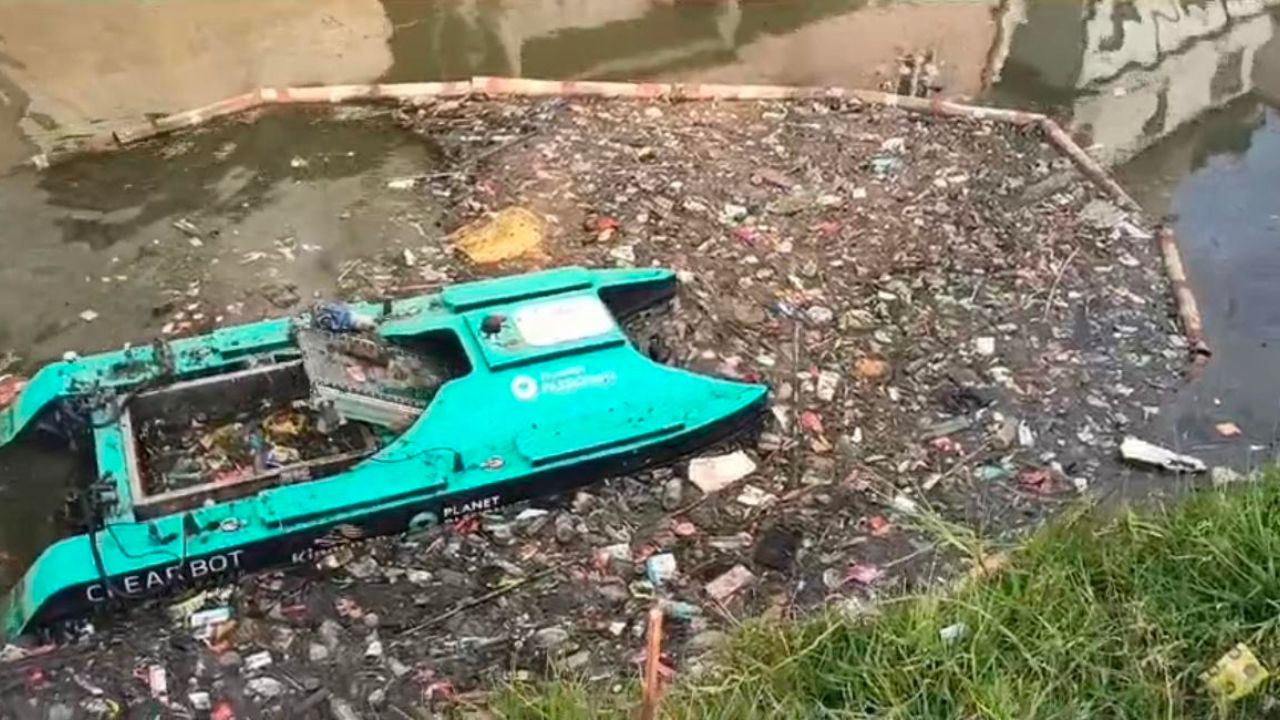
Credit: Clear Robotics
Kurt’s key takeaways
The rise of autonomous robotic solutions like Clearbot represents a major step forward in tackling the enormous problem of marine pollution and waterway contamination. By leveraging cutting-edge technologies like AI, machine vision, and self-driving capabilities, these systems can operate continuously with minimal human intervention to clear vast areas of floating debris, oil slicks, and invasive vegetation. As the technology matures and costs come down, we could potentially see fleets of these trash goblins patrolling rivers, harbors, and coastlines around the world, making a significant dent in the millions of tons of waste that ends up in our waterways each year.
Have you witnessed the impact of plastic pollution and floating debris in your local waterways? What innovative solutions would you like to see implemented to tackle this environmental issue? Let us know in the comments below.
FOR MORE OF MY TECH TIPS & SECURITY ALERTS, SUBSCRIBE TO MY FREE CYBERGUY REPORT NEWSLETTER HERE



1 comment
This is great! I have also seen a company called “Ocean Cleanup” which does something similar but has employees on site to run operations. I am so glad these wonderful people have created this technology to clean our waterways & the oceans!